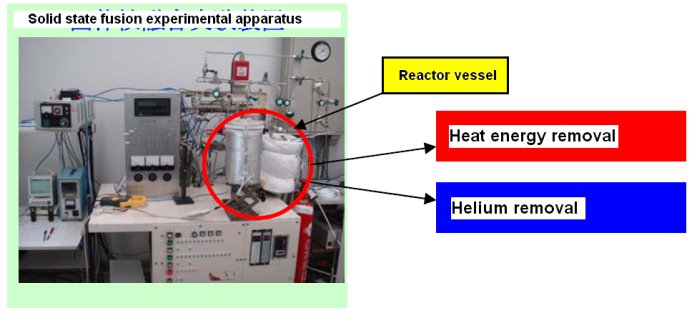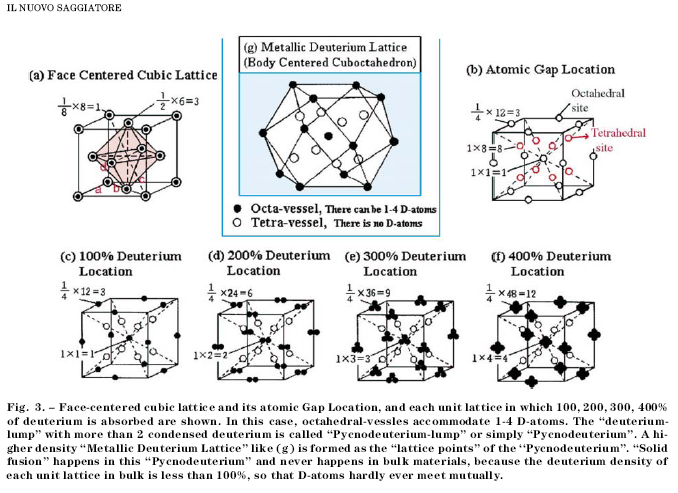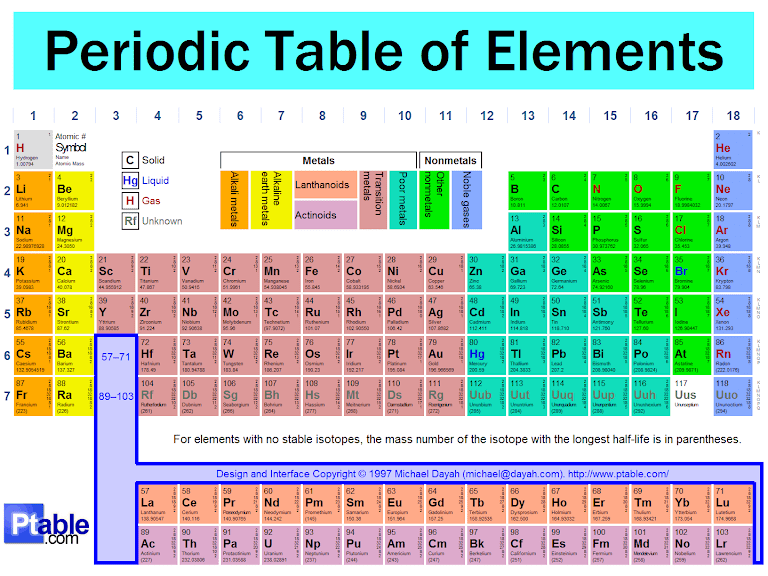Cold Fusion Reactor tests with Palladium
created on May 8, 2003 - JLN Labs - Last update June 25, 2003Toutes les informations et schémas sont publiés gratuitement ( freeware ) et sont destinés à un usage personnel et non commercial
All informations and diagrams are published freely (freeware) and are intended for a private use and a non commercial use.
created on May 8, 2003 - JLN Labs - Last update June 25, 2003Toutes les informations et schémas sont publiés gratuitement ( freeware ) et sont destinés à un usage personnel et non commercial
All informations and diagrams are published freely (freeware) and are intended for a private use and a non commercial use.
1 - Tests of the Cold Fusion Reactor with a Palladium cathode - Description :
The purpose of this test is to use a Palladium ( Pd ) cathode with the Cold Fusion Reactor ( CFR ). Two tests runs have been conducted with 600 mL of a Potassium Carbonate ( K2CO3 ) solution at 0.2M. The first test run have been conducted with the CFR v3 setup ( with a 1000 mL Dewar vessel ) and the second run with the CFR v2 ( with a 1000 mL borosilicate glass ). The CFR effect observed with this Palladium cathode is still present but weaker ( at a same level of power ) than with a Tungsten cathode. So, I present in this page the photos of the Test run#2 with the borosilicate glass for a better view of the glowing cathode in action.

The Cathode used is a pure Palladium rod ( Pd ) 4 mm diameter with 30 mm of used length. The Anode used is a Titanium Platinized grid ( 40x80mm ).


2 - Experimental test setup :

The CFR is powered with a DC voltage through a bridge rectifier connected through a variable transformer ( Variac ) to the 220V AC power grid line. The voltage input has been measured with a digital oscilloscope Fluke 123 with a Shielded Test Lead STL 120 ( 1:1, 1 Mohms/225 pF ). The current input has been measured with a current clamp CIE Model CA-60A ( Accuracy DC Amps ±1.5%, AC Amps±2% (40Hz-2kHz), AC Amps±4%(2kHz-10kHz), AC Amps±6%(10kHz-20kHz) ). The temperature has been measured with a type "K" temp probe ( NiCrNi ) connected on a VC506 digital multimeter ( -20°C to +1200 °C with an accuracy of +/- 3% ). ( see the photo above ).
3 - RUN #1 - Test results ( with a 1000 mL Dewar ):

Electrolyte solution : 600 mL of K2CO3 ( 0.2 M ), ELECTRICAL INPUT : AVG POWER = 778.4 Watts, Voltage : 211.3 Volts RUNNING TIME = 85.6 secELECTRICAL ENERGY INPUT at the CFR input = 66631 Joules CFR OUTPUT : Start Temp = 83°C - Final Temp = 100°C Evaporated water = 28 mL, Delta T = 17°C CFR ENERGY OUTPUT = 105916 Joules Pwr OUT = 1237.3.3 Watts - Power Gain = 458.9 Watts COP = Output/Input = 1.59 |
4 - RUN #2 - Test results ( with a 1000 mL borosilicate glass ):


Electrolyte solution : 600 mL of K2CO3 ( 0.2 M ), ELECTRICAL INPUT : AVG POWER = 767.7 Watts, Voltage : 200.9 Volts RUNNING TIME = 88 secELECTRICAL ENERGY INPUT at the CFR input = 66631 Joules CFR OUTPUT : Start Temp = 76°C - Final Temp = 96°C Evaporated water = 28 mL, Delta T = 20°C CFR ENERGY OUTPUT = 105916 Joules Pwr OUT = 1289.1 Watts - Power Gain = 521.4 Watts COP = Output/Input = 1.68 |

Notes from Jean-Louis Naudin : In spite of the voltage and the current used, with a Palladium cathode, the high temperature glow plasma around the cathode seems weaker than with a Tungsten cathode ( see the photos ). The palladium rod doesn't reach a full incandescent state and its seems that a higher voltage is required to get the same efficiency than with the Tungsten. More tests runs with different setups must be soon conducted.
See the video of the CFR test with a Palladium cathode
To see the video, the free downloadable RealPlayer is required 
You may download free the RealPlayer 8 Basic at : http://proforma.real.com/real/player/blackjack.html
You may download free the RealPlayer 8 Basic at : http://proforma.real.com/real/player/blackjack.html

I am very grateful to the Professor Pierre Clauzon for his contribution to the CFR project and his help during some CFR tests runs and also to the Professor Jean-François Fauvarque and Gérard Lallevé from the "Laboratoire d'Electrochimie Industrielle" of the CNAM ( Conservatoire National des Arts et Métiers ) from Paris, for their scientific support and their contribution to this project.











